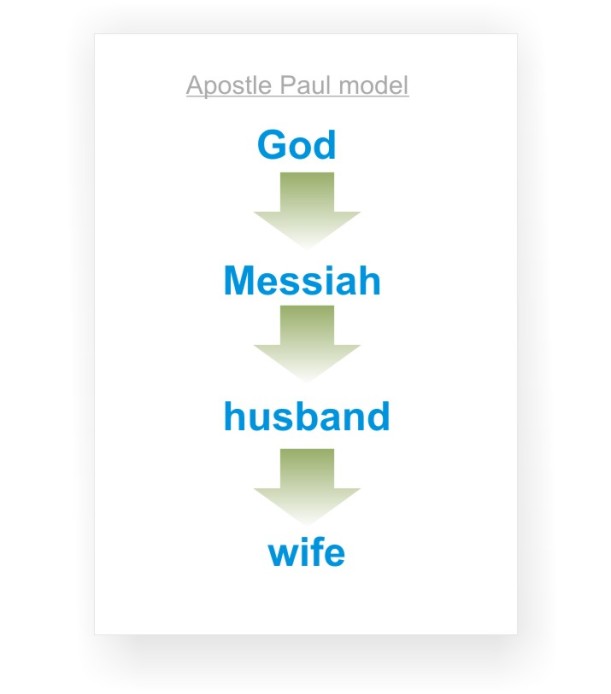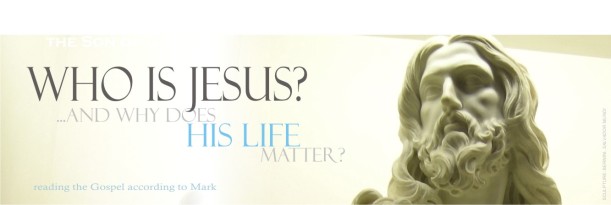“this generation” – in our future?
There is ample evidence that the Olivet Prophecy is fulfilled – the first half that is. There is ample evidence both exegetical and historical to establish Matt 24 verses 4 thru 34 are already fulfilled. In our Bible study a couple questions came up about “this generation” in Mark 13 or also in Matt 24. Here is an explanation that combines a couple of discussion questions that came up.
How is the word “this” used in Mark 13 when referring to “this generation”? Does the use of “this” instead of “that” in the original Greek have any special meaning not apparent in English? The short answer that “this” is used in similar ways as in English (though not always exactly the same). So when Jesus said, “this generation” in the Olivet Prophecy was he referring exclusively to the 1st century? What if he had said, “that generation” would it have indicated a future generation instead of the 1st century generation? I believe that when Jesus said “this generation” his words cannot be understood any other way than to be referring to the generation to which he was speaking, the generation in which he was living.
An example is helpful. Here is one in Peter’s sermon that shows us “this” and “that” used side by side. Peter said in Acts 2:16, “…this is that which was spoken by the prophet Joel.” The word “this” is referring to the events happening in front of Peter in the 1st century. The word “this” to Peter means his here and his now, the now of the 1st century. For Peter the word “that” is referring to the pronouncement of the prophet centuries earlier. So then, the word “this” refers to what is near and the word “that” is used to refer to what is at a distance, in this case in the past.
Back to the Olivet Prophecy.
Context helps us a great deal. Flow of context is just as important. Pastor Mazak mentioned this morning about the unfortunate placement of the chapter division between Mark 11 and 12. I agree. This is also the case between Matthew 23 and 24. Notice what Jesus said at the end of Matthew 23. He opined that “all these things will come upon this generation” (the 1st century, see v36).
Then just 5 verses later the discussion about the Temple (not a future one) and its corruption continues into Matt 24. Jesus continues to talk about “these things,” the things that will come about on “this generation” (the 1st century, see Matt 24:1 through Matt 24: 34. Then in Matt 24:35 and following Jesus goes on to talk about his Second Coming. Another thing that helps us is to see that in the Gospels every time the phrase “this generation” appears it refers to the 1st century, the era in which Jesus and his disciples were living. Josephus, a 1st century historian is very helpful on this.
I am currently going through Misreading Scripture With Western Eyes: Removing Cultural Blindness to Better Understand the Bible. The authors do a great job in calling out the tip of the iceberg of our Western America modern lens. This WAM often clouds our interpretation of Scripture because we are immersed in WAM. We travel very little to non-Western cultures. We have imbedded in our culture a negative bias against non-Western cultures. We tend to read the Bible through popular theological lenses of the day (which tend to be mostly Futuristic).
The authors of Misreading Scripture write that “…reading the Bible is a cross-cultural experience. To open the Word of God is to step into a strange world where things are very unlike our own” (KL, 74). Compounding the strangeness we take a modern system of interpretation such as Dispensationalism (originating around 1830) and layer it over the text of Scripture.
By taking a Futurist view of the Olivet we remove the ancient 1st century historical context in order to make its predictive value more relevant to our own Western American modern context. In this way “this generation” in its native context ceases to be moored to its original proclamation as it was from the lips of Jesus.
The simplest and plainest reading of “this generation” in the Gospels refers to the time in which Jesus lived and taught, the 1st century.





 Old myths die hard and it seems that newer myths may be just as persistent. In either case a process of myth deconstruction can be therapeutic. Let the therapy begin. First I’ll mention a couple of myths, a basic course correction and then at the end a quick look at one of the fave proof-texts used by trinitarian/genderists.
Old myths die hard and it seems that newer myths may be just as persistent. In either case a process of myth deconstruction can be therapeutic. Let the therapy begin. First I’ll mention a couple of myths, a basic course correction and then at the end a quick look at one of the fave proof-texts used by trinitarian/genderists.







